Welcome, fellow riders and safety enthusiasts! Every time we hit the road on our powerful beasts, we are stepping into an adrenaline-fueled world of thrill and excitement. But, as we all know, with great thrill comes great responsibility - the responsibility of ensuring personal safety. The most crucial part of this safety puzzle is undoubtedly the helmet. A piece of gear so significant, it could mean the difference between life and death, literally. In this comprehensive guide, we will embark on a journey to understand helmets better. We'll dive deep into different types of helmets, their materials, safety standards, and finally, see which type offers the best protection. So, let's buckle up and get started. Enjoy the ride!
Understanding The Basic Concept of Helmets
Whether you're cycling through city streets, racing down a mountainside, or cruising on your motorcycle, wearing a helmet remains your foremost safeguard against serious injuries. But have you ever paused to consider how that crucial piece of safety gear you're wearing first came into being and how exactly it protects your head? Let's go on an informative ride and delve into these details right away!
Why Helmets Are Important?
Helmets are such a crucial part of our safety gear that people often underestimate their importance until unfortunately, they've had a first-hand brutal wake-up call. They are our frontline defense, making a substantial difference between a minor bump and a traumatic brain injury.
Here's how helmets make a difference:
- Injury Prevention: Helmets are designed to absorb the impact energy during a fall or collision, thereby reducing the risk of skull fracture and brain injury.
- Visibility: Helmets often have reflective stripes or bright colors making you noticeable, especially while biking or riding at night.
- Weather Protection: They provide shelter against sun, rain, and wind, which could otherwise be a distraction for the rider or cyclist.
How Helmets Protect Our Heads
Now that we've appreciated the significance of helmets, let's understand how they function to safeguard our heads.
Foremost, a helmet is more than the hard shell we see. It comprises two main components - an outer shell and an inner liner. The outer shell is made from a strong material, often polycarbonate plastic or fiber-reinforced composites, designed to resist penetration from sharp objects and abrasion.
Meanwhile, the inner liner, usually made of expanded polystyrene foam, plays the key role of absorbing the impact during a collision, thus reducing the force exerted on the skull and brain.
In essence, helmets act as the shock absorber for your skull, decelerating your head more slowly upon impact, instead of an abrupt stop during a collision. Picture it like a car's airbag system, but one that's wrapped around your head, providing a buffer for potentially dangerous impacts.
Wrapping our heads around the importance of helmets in protecting our heads should remind us why they're indispensable, despite seeming bothersome to wear sometimes. Emergencies never come with an advance warning, and it's better to be safe than sorry. So, don’t take any chances, strap up that helmet every time you’re ready to hit the road!
Types of Helmets
Crash helmets, often simply known as helmets, are lifesavers. They've saved countless lives by shielding the riders' heads in case of accidents. But did you know there are various types of helmets, each with distinct features and designed for specific scenarios?
Without further ado, let's highlight the different types of helmets you can choose from based on your motorcycle riding needs.
Full-Face Helmets
Full-face helmets, as the name suggests, offer maximum protection as they cover the complete face, including the chin and neck. Motorcycle racers typically prefer these helmets for their outstanding protection. These helmets come with a clear visor for visibility, adequate ventilation for breathing, and enough padding for comfort. With an unrivaled reputation for safety, one can never go wrong with full-face helmets.
Open-Face Helmets
Open-face or "three-quarters" helmets are widely popular among city riders and scooterists. The unique design provides coverage for the top and back of the head, leaving the face open. Although they don't offer the same extent of protection as full-face helmets, open-face helmets do provide excellent visibility and allow direct communication with other riders.
Half Helmets
Half helmets or "brain buckets", as some riders affectionately call them, cover only the top half of the head. They're incredibly lightweight and offer the highest level of freedom. However, in terms of safety, they're relatively below par. They're commonly linked with cruiser-style riders who prioritize style and airflow over full protection.
Modular Helmets
Modular helmets, also known as "flip-ups", combine the best elements of full-face and open-face helmets. These helmets feature a chin bar and visor that can be flipped up to convert the helmet into an open-face style, offering flexibility and convenience for riders. They're particularly loved by tourers and cruisers for their versatility.
Off-Road Helmets
Designed specifically for off-road racing and adventure riding, off-road helmets are considerably lighter and offer superior ventilation. They're characterized by their sun peak (a shield-like protrusion at the front) and a distinct elongated chin part for breathing during high-exertion rides. Pair them up with a good set of goggles, and you're ready for the scrupulous trail ahead.
Dual-Sport Helmets
Imagine combining the benefits of off-road and full-face helmets, and you have the dual-sport helmets. These helmets are perfect for riders who love to push their limits on and off the roads. They look and function similarly to off-road helmets but with added features like a visor and better noise insulation, making them suited for both dirt and highway riding.
From the above, it's evident that different helmets cater to various needs, from racing, touring, cruising to adventure seeking. Therefore, when picking out your helmet, it's important to consider the kind of riding you'll be doing. Riding is fun, that's indisputable, but remember always to consider safety first. After all, a head well-protected is a head well-respected.
Safety Standards and Regulations
Providing a safe riding experience for you, as a motorcyclist, lies at the heart of helmet manufacturing. In a world full of diverse roads, varying weather conditions, and numerous unexpected hazards, your helmet is your ultimate protector. Understanding the numerous safety standards and regulations that govern helmet manufacturing can be the key to making informed decisions and enhancing your ride.
DOT: The U.S. Standards
The Department of Transportation (DOT) is the regulatory body responsible for maintaining safety standards for motorcycle helmets in the U.S. Helmets compliant with DOT standards ensure a certain degree of safety, thanks to the stringent regulations that must be followed during production.
Key aspects of DOT Standards:
- Impact Absorption: The helmet must provide efficient impact absorption to protect the wearer during a collision.
- Penetration Resistance: The helmet must resist penetration from a test striker of a given mass and speed.
- Retention System: The helmet must stay securely in place on the wearer’s head during an incident.
These regulations ensure that every road warrior is equipped with a helmet engineered to minimize potential injuries.
ECE: The European Standards
Across the Atlantic, the Economic Commission for Europe (ECE) carries the torch for establishing safety standards for motorcycle helmets. Similar to DOT, the ECE standard also includes tests for impact absorption, penetration resistance, and retention system effectiveness, with a few additional focal points.
Salient features of ECE Standard:
- Field of View: The helmet must not restrict the peripheral vision of the rider.
- Chin Strap Test: The helmet's chin strap must withstand a certain level of strain without breaking.
- Rigorous Checks: ECE checks helmets at multiple stages of the production process, ensuring each batch's safety.
This standard is widely accepted in over 50 countries around the world, reaffirming the quality of ECE-compliant helmets.
SNELL: Non-profit Testing
An independent entity, the Snell Memorial Foundation (SNELL), has developed one of the most rigorous testing procedures for head protection. Helmets that pass SNELL standards are ensured the highest level of safety, making them a popular choice among professional riders.
Unique aspects of SNELL Standards:
- Superior Impact Absorption: SNELL tests require helmets to withstand higher impact levels than DOT or ECE.
- Random Sample Testing: SNELL purchases helmets from retail shops for independent testing, ensuring manufacturers cannot "game" the system.
SNELL tested helmets are a testament to the superior safety they offer.
SHARP: UK Helmet Safety Scheme
Finally, the Safety Helmet Assessment and Rating Program (SHARP), established by the UK government, offers a comprehensive safety rating system. SHARP rates helmets from 1 to 5 stars, offering riders a quick and easy way to assess a helmet's safety level.
Key highlights of SHARP Scheme:
- Extensive Impact Zones: SHARP tests coverage of impact areas more extensive than most standards.
- Star Rating: A simple yet comprehensive star rating system for easy understanding of safety levels.
When you see a high SHARP rating, you can be confident in the helmet's protective capabilities.
In the quest for safety on the open road, understanding these fundamental safety standards and regulations is crucial. Whether you ride daily to work or occasionally for leisure, choosing a helmet that aligns with one of these reputable standards can be the key to ensuring your safety. Remember: when you protect your head, you protect your life. So make your choice wisely, and let the journey unfold.
Helmet Materials and Impact Resistance
If you've ever wondered what stands between your delicate cranium and the unforgiving pavement in case of a motorcycling mishap, you've come to the right place. From casual riders to professional racers, everyone needs a helmet, but not all helmet materials are created equal. Let's delve into the makeup of various types of helmet materials and how they impact resistance.
Composite Fiber
Composite fiber - sometimes called fiberglass - has been widely used in the construction of helmets due to its superior strength and lightweight properties. These helmets are crafted using a blend of synthetic materials like Kevlar and Aramid fibers. The unique advantage of composite fiber rests in its ability to distribute impact energy over a wider area, reducing the potential trauma inflicted on the head during an incident. However, they do tend to be more expensive due to the intricacies involved in their production process.
Polycarbonate
Polycarbonate helmets, on the other hand, are a favorite among budget-conscious riders without compromising safety. These thermo-plastic helmets are durable and offer decent impact resistance, thanks to their ability to absorb energy efficiently. While typically heavier than composite fiber helmets, their exceptional longevity and lower cost make them an attractive option for many.
Carbon Fiber
The cream of the crop, carbon fiber helmets offer the best in terms of both safety and comfort. Known for being incredibly lightweight yet remarkably strong, carbon fiber helmets provide excellent impact resistance. Their strength-to-weight ratio surpasses that of any other helmet material on the market, making them an ideal choice for those looking to maximize safety and minimize fatigue during prolonged rides.
Multi-Composite
Multi-composite helmets aim to extract the best functional qualities of different materials. They typically combine elements of carbon fiber, polycarbonate, and fiberglass for a flagship blend of durability, performance, and affordability. Their design prioritizes impact dispersion and energy absorption, making these helmets a solid all-round safety choice.
Choosing the right helmet material largely boils down to personal preference, budget, and riding style. Remember, a helmet does more than just look good - it's your primary line of defense on the road. Always prioritize safety and choose a helmet that offers excellent impact resistance!
Measuring Helmet Effectiveness
Upon embarking on their motorcycle journey, riders often encounter a crucial question: how can one truly measure helmet effectiveness? Is it simply about the price tag, the brand reputation, or the aesthetic appeal? While these factors may influence purchasing decisions, it's important to understand that true helmet effectiveness derives from a myriad of areas, including fitment, comfort, visibility, aerodynamics, noise levels, and indeed, price.
Fitment
An effective helmet must align perfectly with the rider's head size and shape. A snug, precise fit not only guarantees optimal protection in the event of an impact but also significantly reduces discomfort and distractions during the ride.
Key factors to consider when measuring fitment include:
- Ensuring the right size: Helmets come in various sizes, and selecting the most suitable one is of utmost importance.
- Assessing retention: The helmet should remain firmly yet comfortably in place, even during abrupt movements.
- Proper shape: Different helmets cater to different head shapes—round, intermediate oval, and long oval. Knowing your head's shape and buying a helmet to match can substantially enhance effectiveness.
Comfort
Despite a helmet's safety features, if it is not comfortable, it could lead to issues while riding. A comfortable helmet boosts the rider's concentration and reduces the risk of fatigue.
Crucial comfort features to look out for include:
- Adequate padding: The liner inside the helmet should provide enough cushioning.
- Ventilation: Sufficient ventilating channels help prevent sweat build-up.
- Weight: A lightweight helmet minimizes neck and shoulder strain.
Visibility
An effective helmet should provide clear, unobstructed visibility. Features such as anti-fogging and UV protection significantly contribute to a helmet's effectiveness.
Aerodynamics
The aerodynamics of a helmet affect how smoothly the rider cuts through the wind. Superior aerodynamic design can limit wind noise, reduce drag, and prevent lift, contributing to a more enjoyable and controlled riding experience.
Noise
Noise reduction is a frequently overlooked aspect of helmet effectiveness. Excessive wind noise can lead to hearing loss over time and may even distract the rider. Therefore, a helmet's capacity to dampen noise can significantly enhance its effectiveness.
Price
While a higher price may reflect better quality, effectiveness is not solely dependent on how much the helmet costs. It's key to remember that even at a lower price point, many helmets meet or exceed safety standards and incorporate comfort features, offering excellent value for your money.
Understanding how to measure a helmet's effectiveness can be a lifesaver. From ensuring an accurate fit to taking into consideration the comfort, visibility, aerodynamics, noise levels, and price, every rider can find a helmet that best suits their personal requirements and preferences. Remember, your choice of helmet is not just about aesthetics or style—it could be the essential gear that saves your life on the road.
Conclusion: Analyzing Which Helmet Type Offers The Best Protection
After delving deep into the world of helmets, from understanding their basic concept, exploring the different types, to investigating materials used and the various safety standards adopted globally, we've gleaned substantial information about helmets. Let's bring all this knowledge together to answer the vital question at hand - which helmet type offers the best protection?
As we examined earlier, the plethora of helmet types---full-face, open-face, half, modular, off-road, and dual-sport---each serve a specific purpose. Full-face helmets undoubtedly take the lead when discussing absolute protection. Covering the entire face, including the jawline, they offer comprehensive safety. However, remember that safety also hinges greatly on the fitment, comfort, visibility, aerodynamics and noise. A helmet that doesn't fit well or obstructs your visibility can lead to mishaps, undermining even the best protective features.
On top of this, the helmet material also plays a vital role in impact resistance. Carbon fiber and multi-composite materials have proven to demonstrate high impact resistance, but don't overlook other materials. Each offers their own unique advantage, and a wise choice would be to consider these in harmony with your biking needs.
As for safety standards, stringent certifications such as DOT, ECE, SNELL, and SHARP provide a benchmark of safety. Opting for helmets that meet these rigorous standards ensures you've got a safer helmet nestled on your head.
Now, does that mean that everyone must use a full-face helmet or a one made from carbon fiber, accredited with SNELL or DOT certification? Not necessarily. While they offer high overall protection, your specific requirements, budget, and the type of biking you indulge in should steer your choice. Perhaps you're a veteran road biker, an off-road enthusiast, or a casual rider; each pursuit necessitates a unique blend of features to attain optimum safety.
So, in the quest for 'the best' helmet, remember to consider all these parameters holistically. No one helmet 'type' has a monopoly over safety. The 'best' helmet for you could very well be a blend of attributes spread across different types, materials and standards. Ultimately, the helmet that offers you the best protection is the one tailored to your personal needs and preferences.
Frequently Asked Questions
-
What are the different types of helmets available for protection?
There are several types of helmets available for protection, including motorcycle helmets, bicycle helmets, football helmets, hockey helmets, and construction helmets, each designed for specific activities.
-
Which helmet type offers the best overall protection?
It depends on the specific activity and its associated risks. For example, motorcycle helmets are designed to protect against head injuries in motorbike accidents, while football helmets are engineered to minimize the risk of concussions and skull fractures during impact.
-
Are all helmets equally effective in protecting against head injuries?
No, not all helmets are equally effective. The level of protection varies based on the specific design, materials used, and safety standards followed during manufacturing. It's essential to choose a helmet that meets the necessary safety requirements for the intended activity.
-
How can I determine if a helmet offers adequate protection?
To ensure a helmet offers adequate protection, look for safety certifications such as DOT (Department of Transportation) for motorcycle helmets, CPSC (Consumer Product Safety Commission) for bicycle helmets, or specific sports governing bodies' certifications for specialized helmets. Additionally, consider the construction, fit, and overall quality of the helmet.
-
Do more expensive helmets provide better protection?
Not necessarily. While higher-priced helmets may offer additional features or advanced technologies, the price alone does not guarantee superior protection. It's crucial to carefully evaluate the safety certifications, construction, and reviews of the helmet before making a purchase decision.






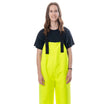
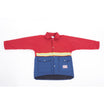

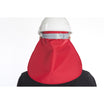








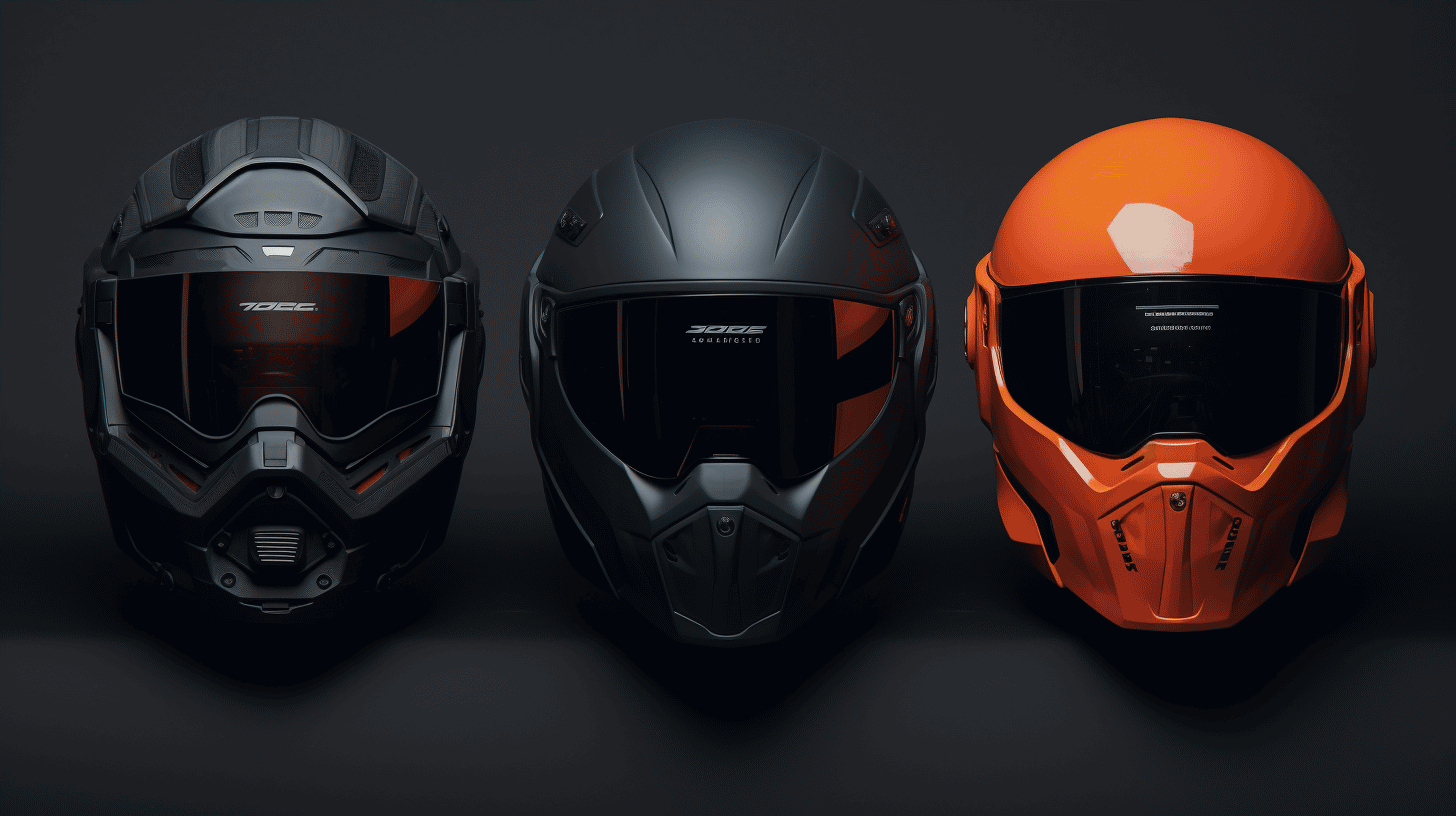
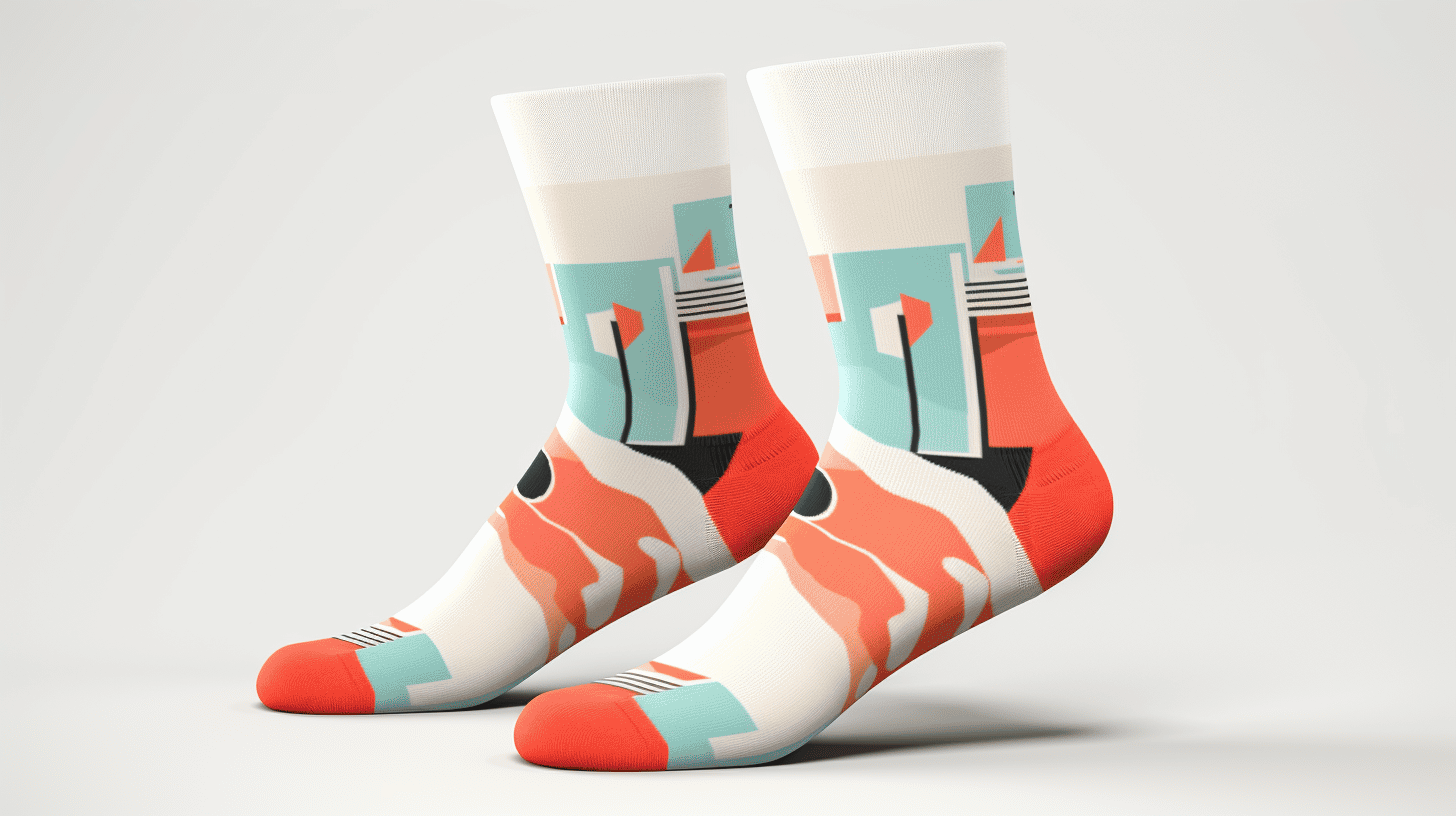

Leave a comment
This site is protected by hCaptcha and the hCaptcha Privacy Policy and Terms of Service apply.